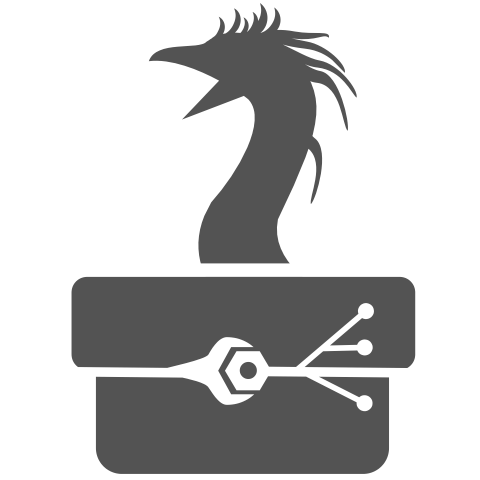 |
Quetzal-CoaTL
The Coalescence Template Library
|
 |
Quetzal-CoaTL
The Coalescence Template Library
|
Once users have simulated various continuous geospatial values such as friction coefficients or population sizes across a landscape, they will often desire a visual confirmation of these values. One approach is to export these quantities as a multiband raster file and utilize different software, such as Quetzal-CRUMBS or the raster package in R, for visualization.
To export a specific quantity, it is necessary to create a callable function that can be invoked at each location within the raster model during an arbitrary time interval. Each point of the time interval parameter will become a new band in the new raster file.
Input
Output